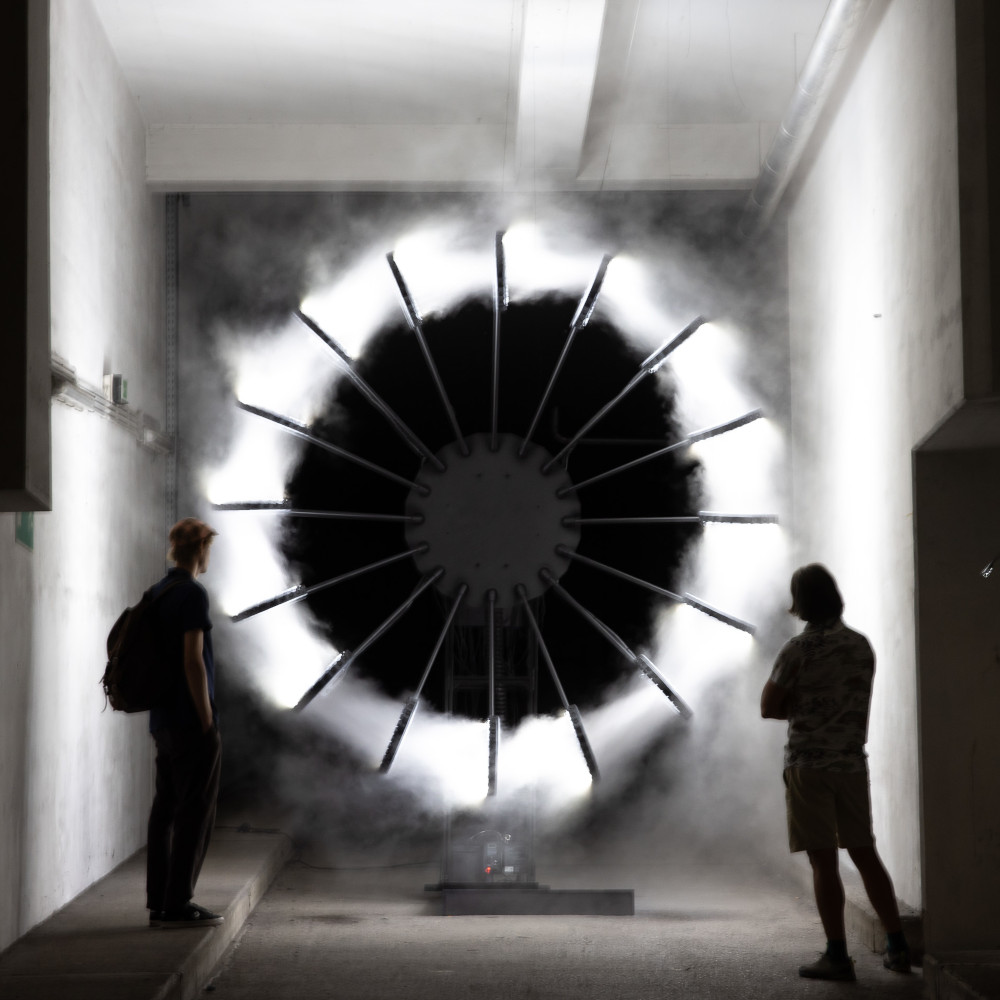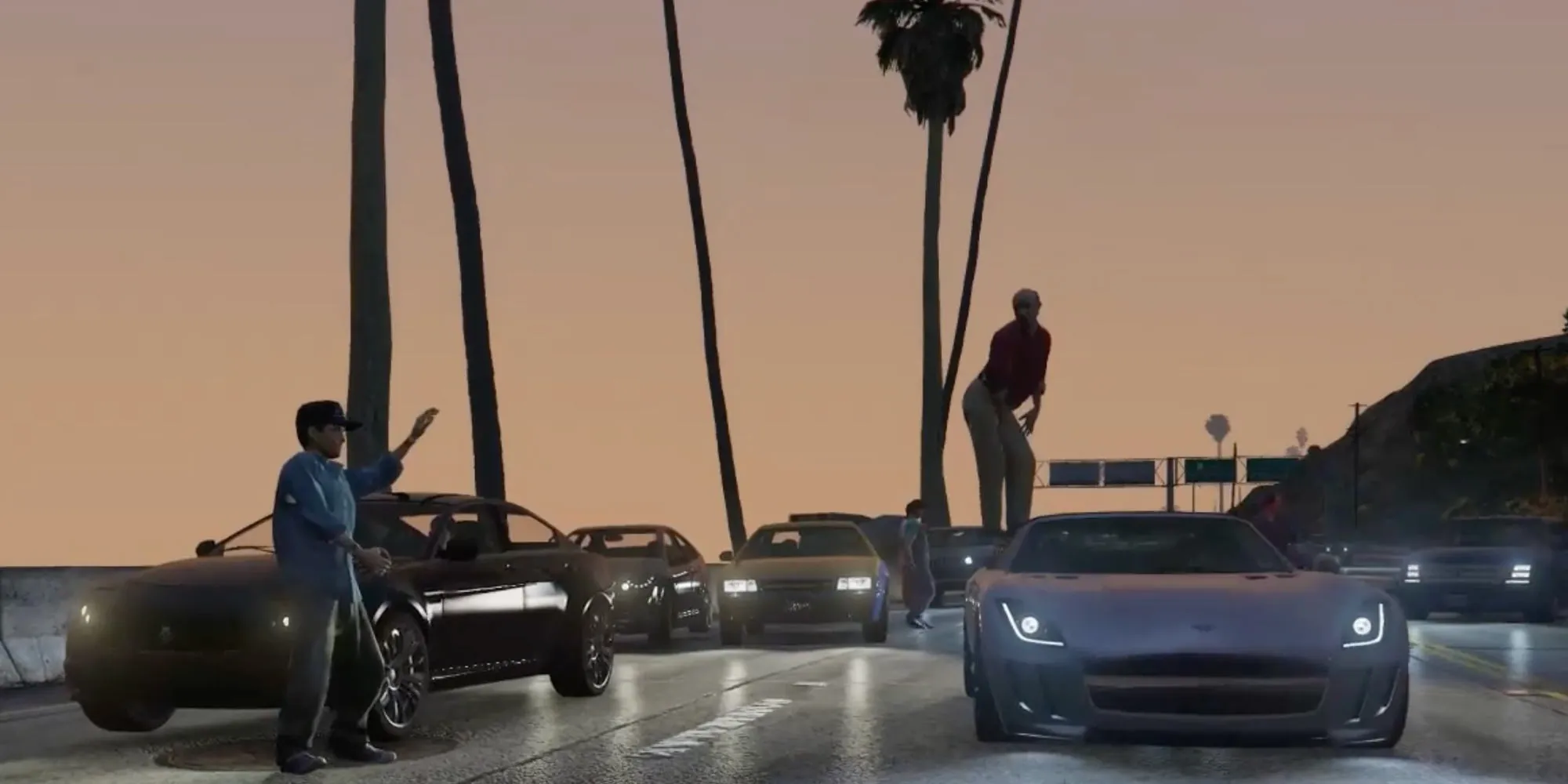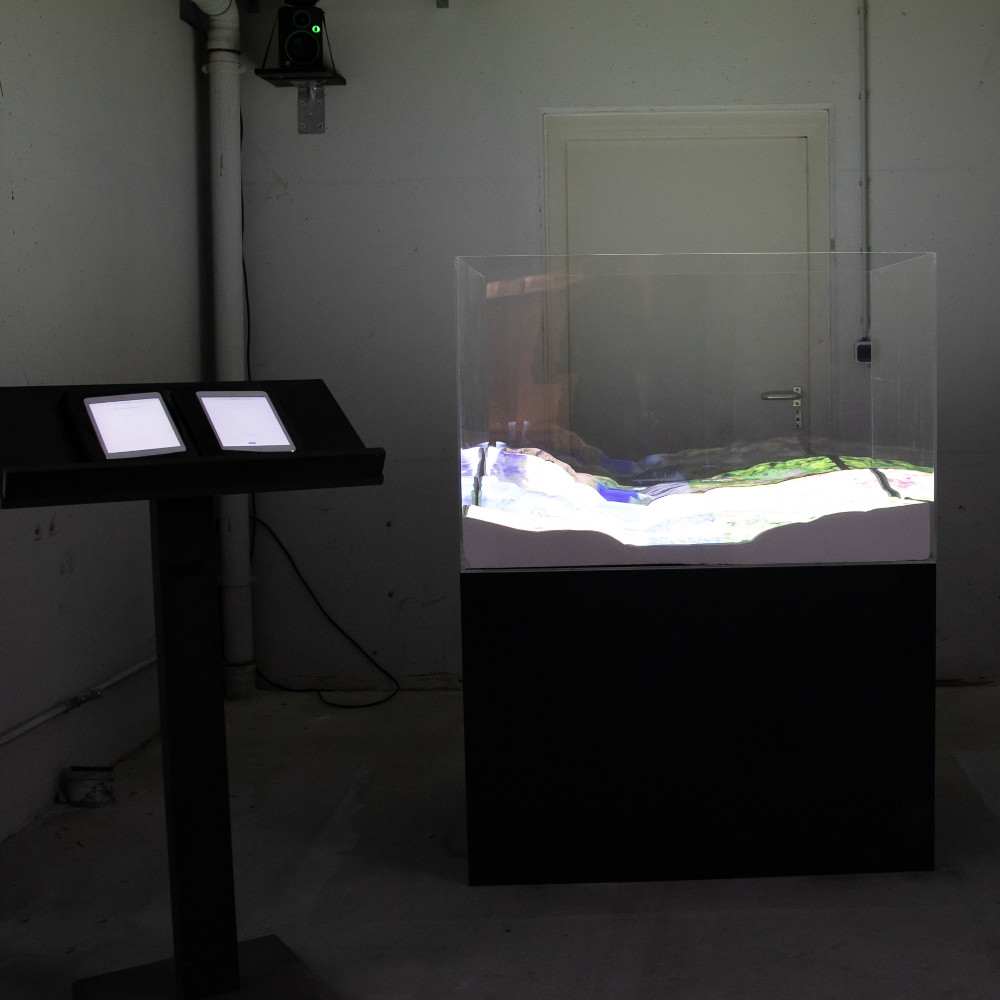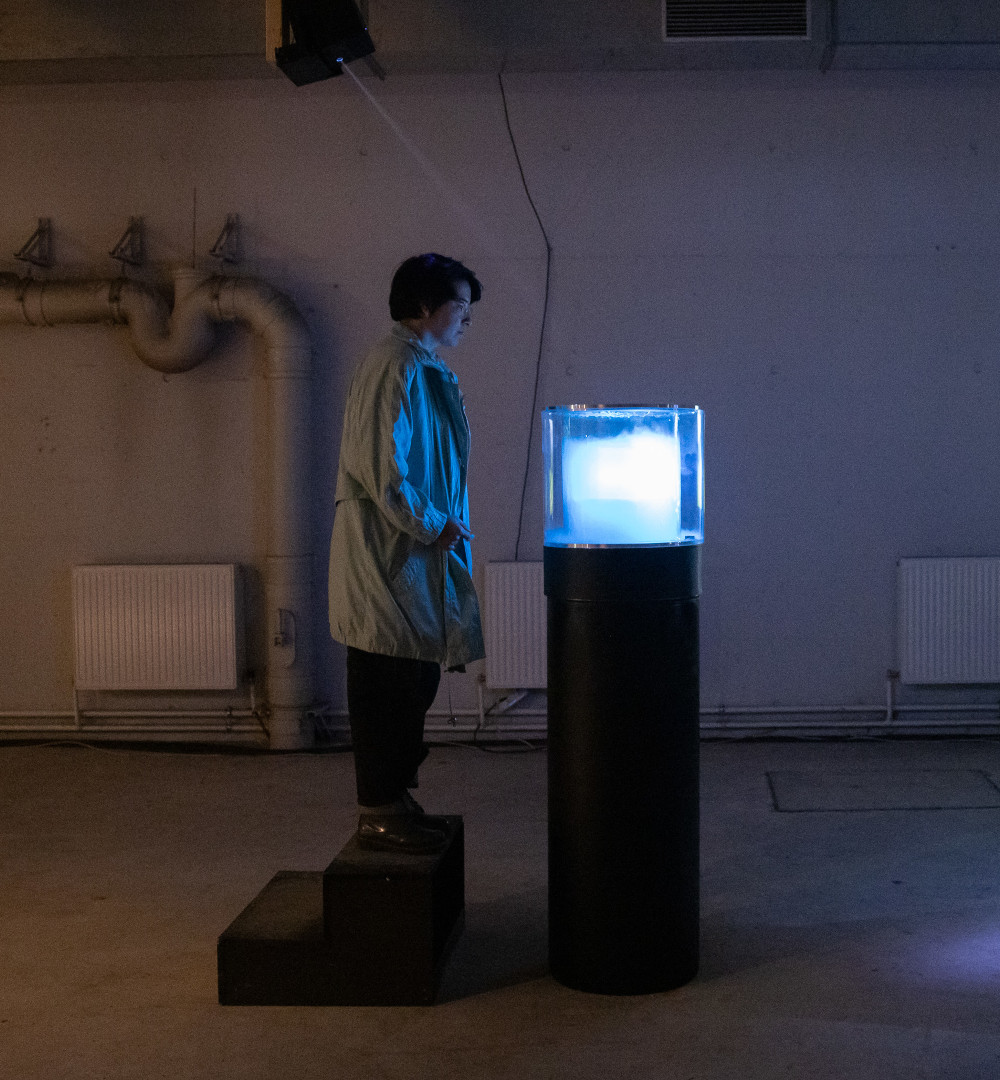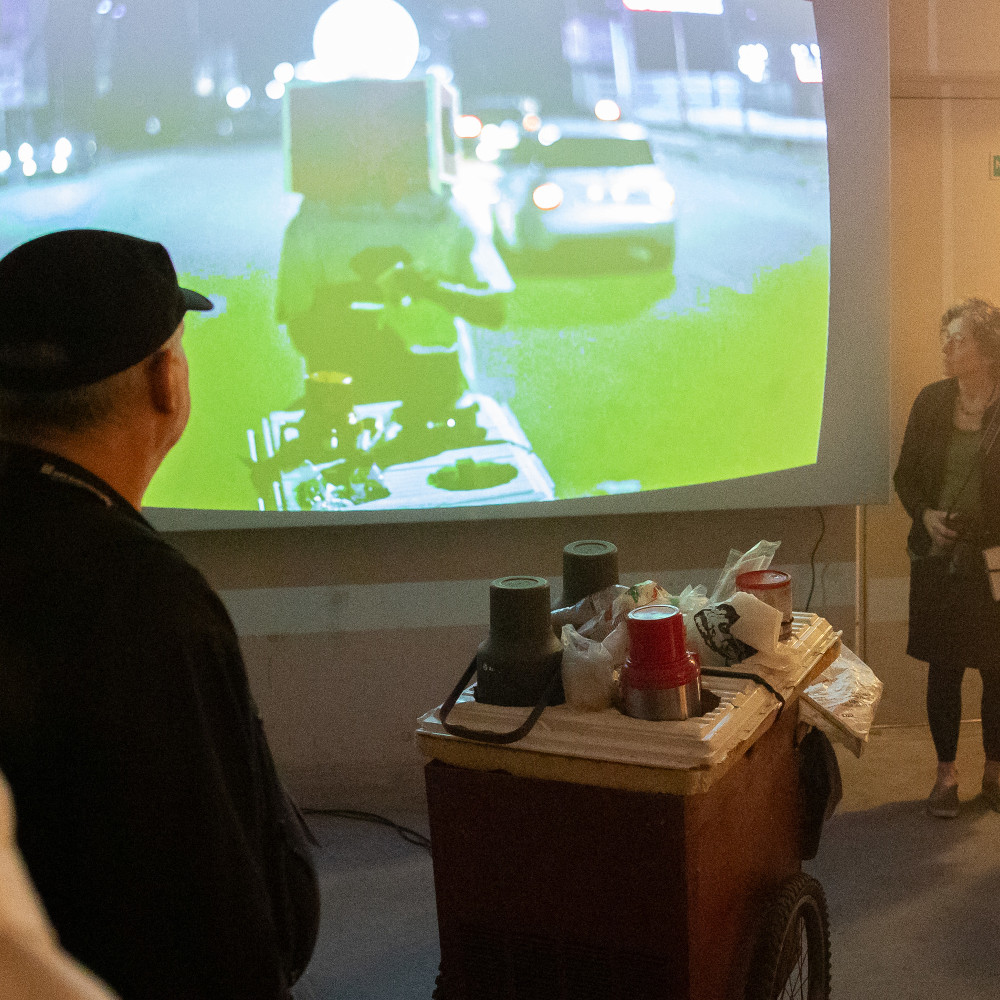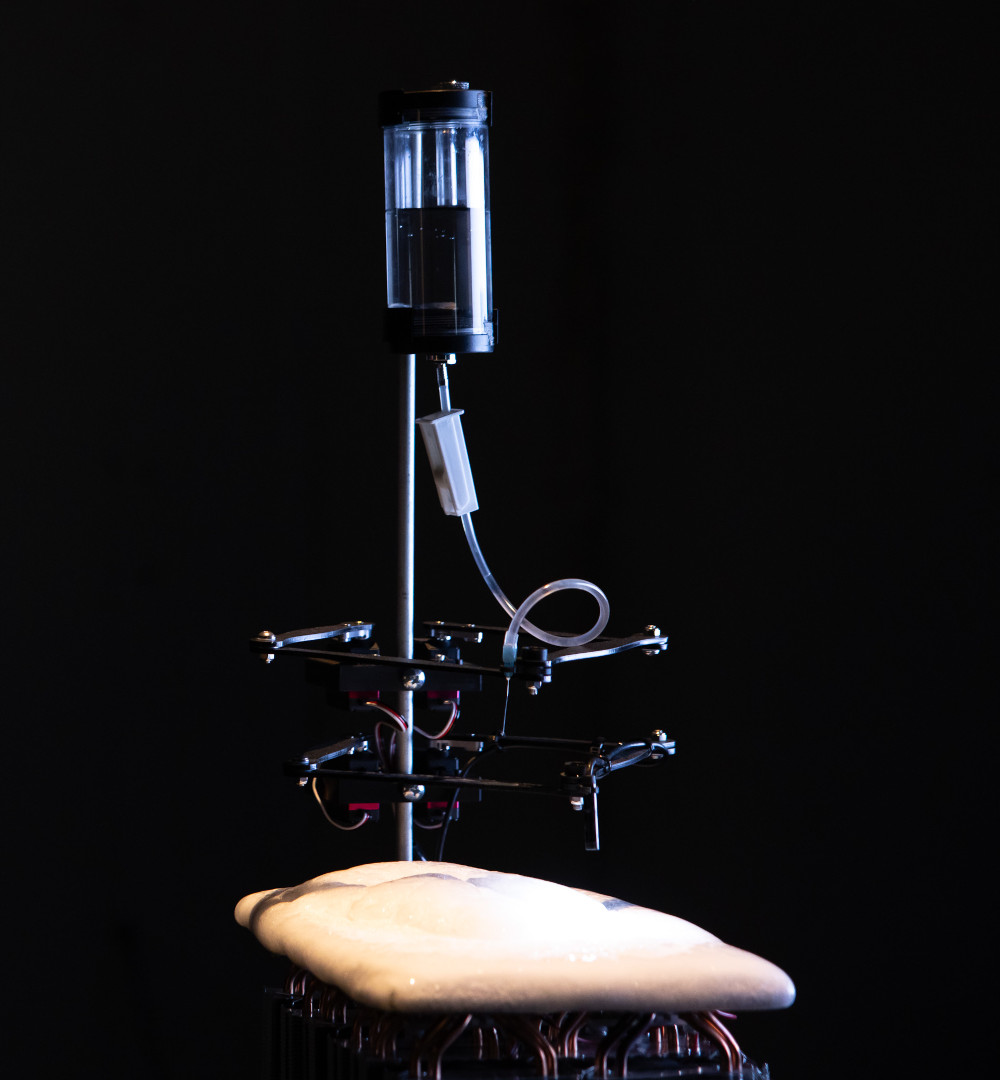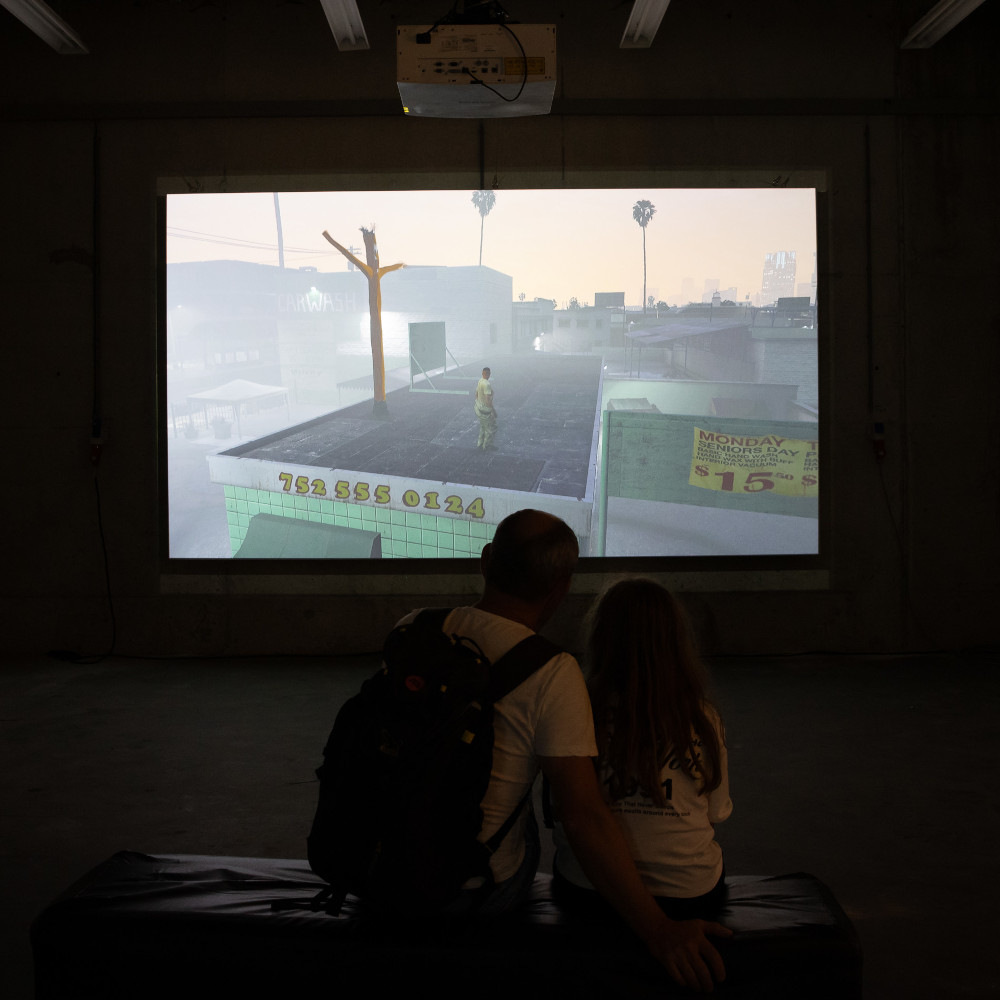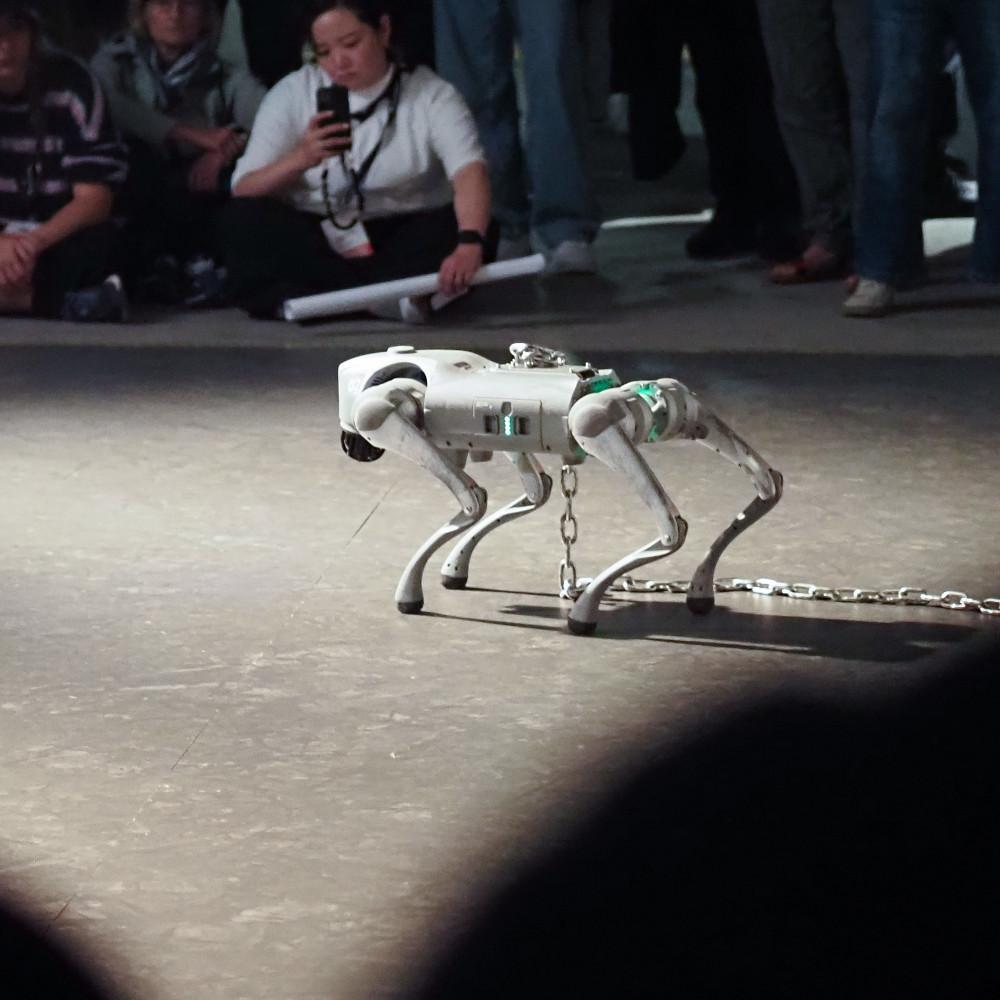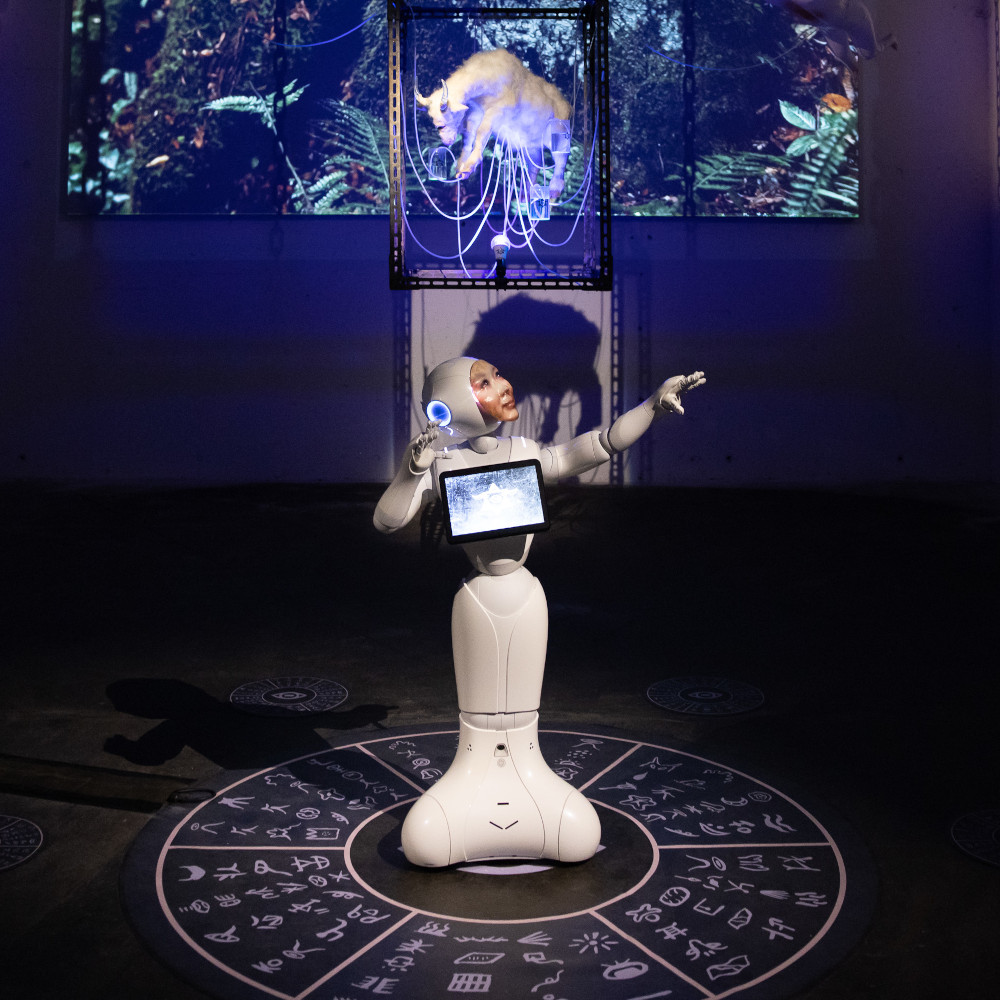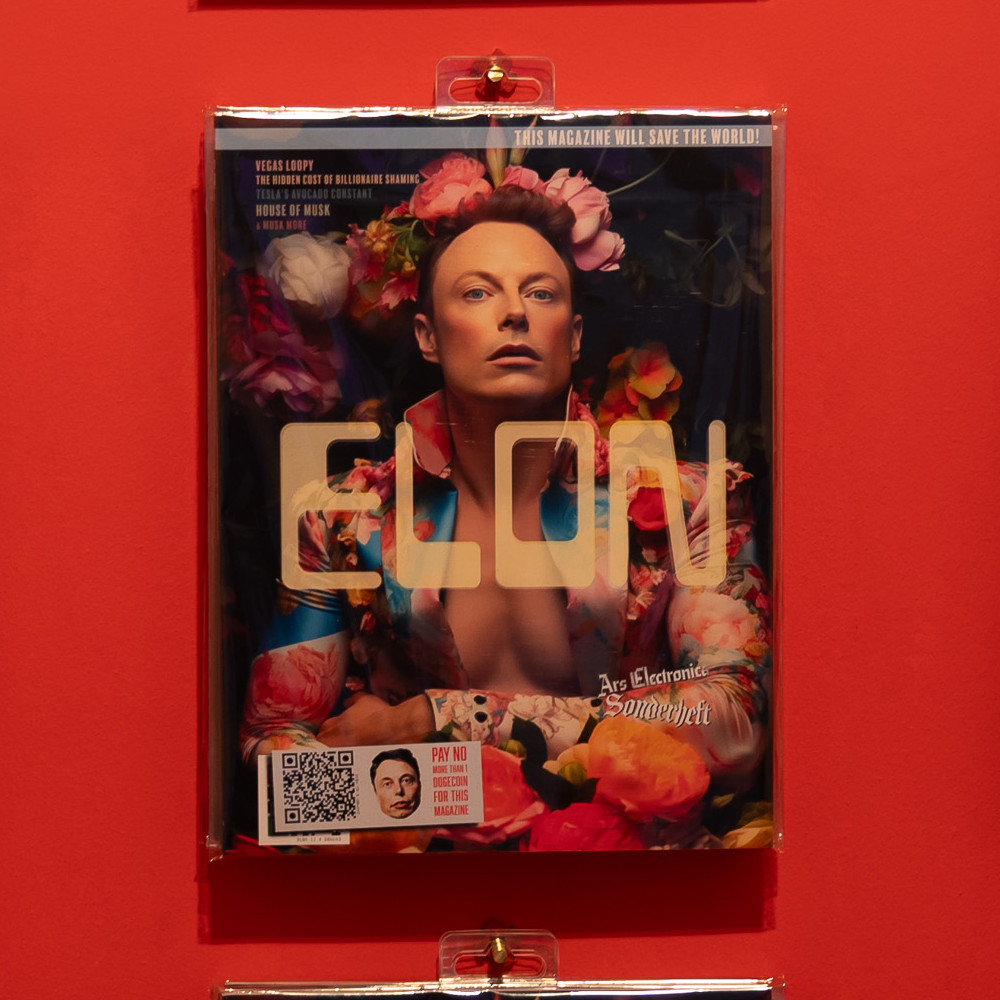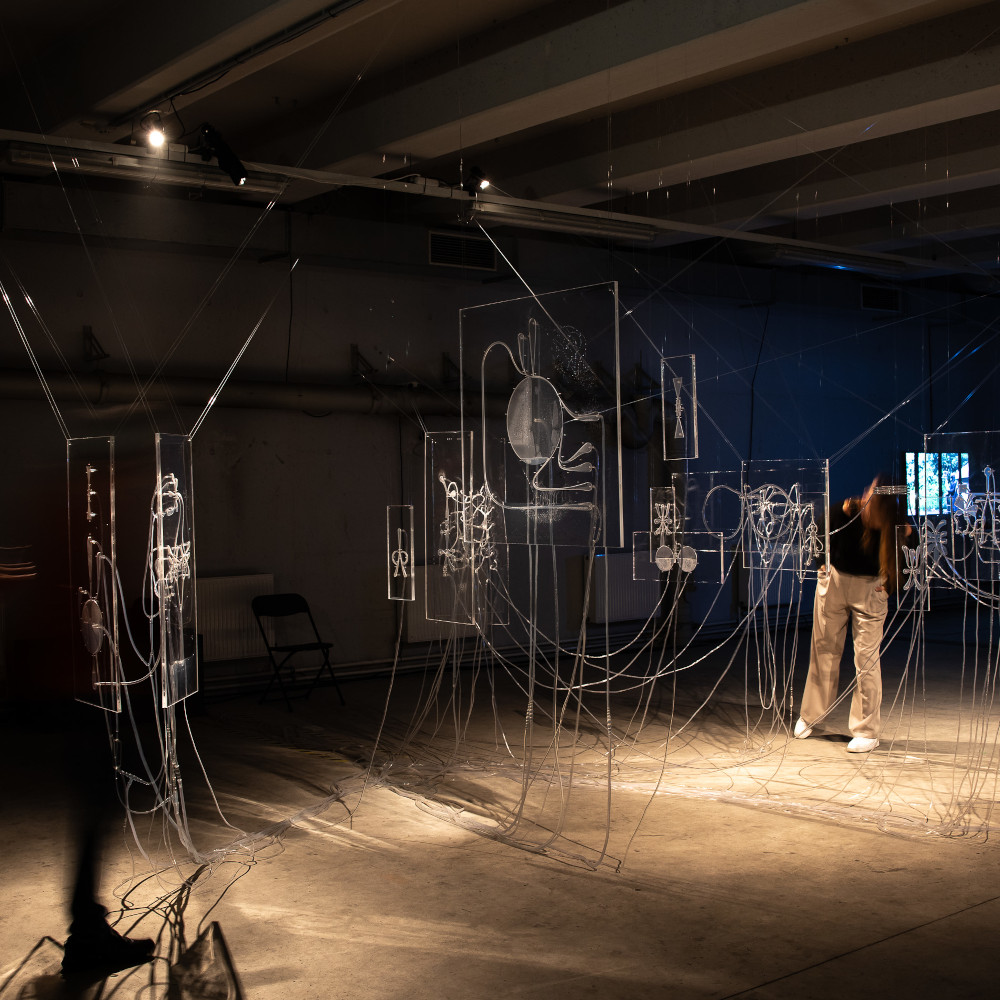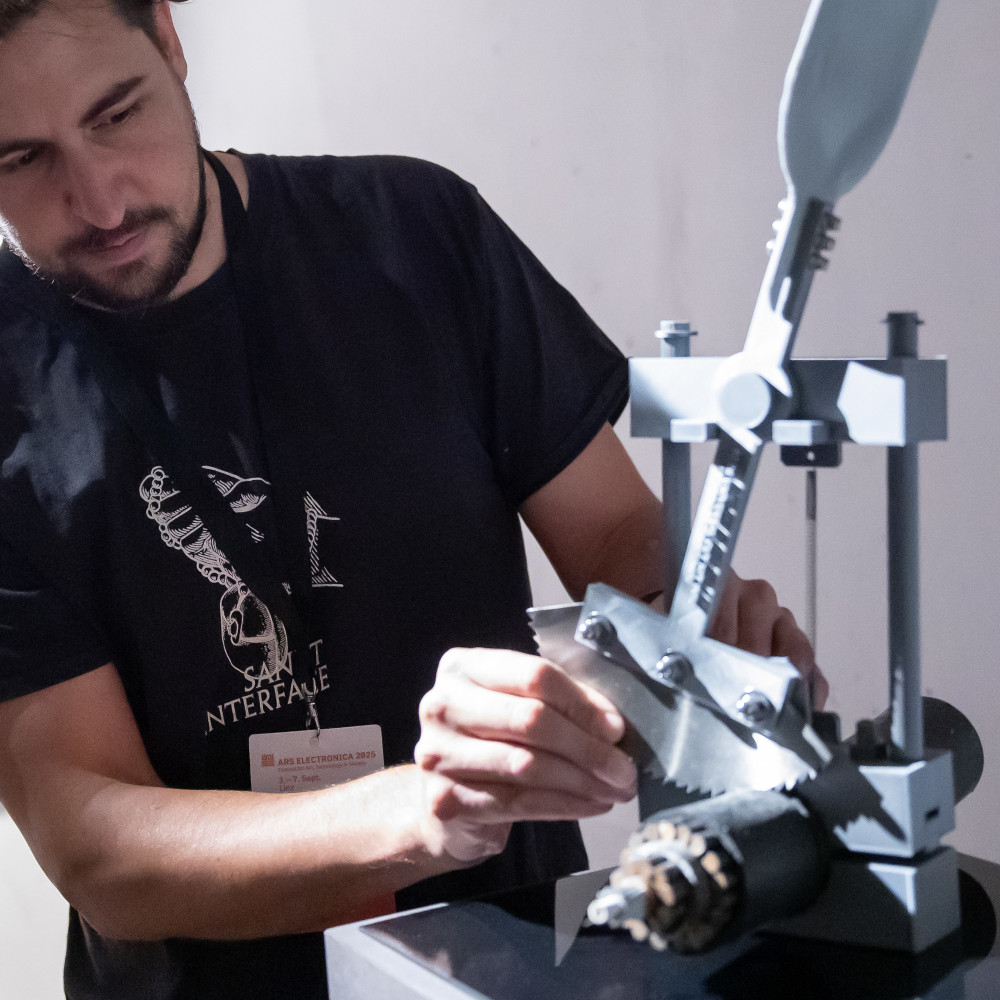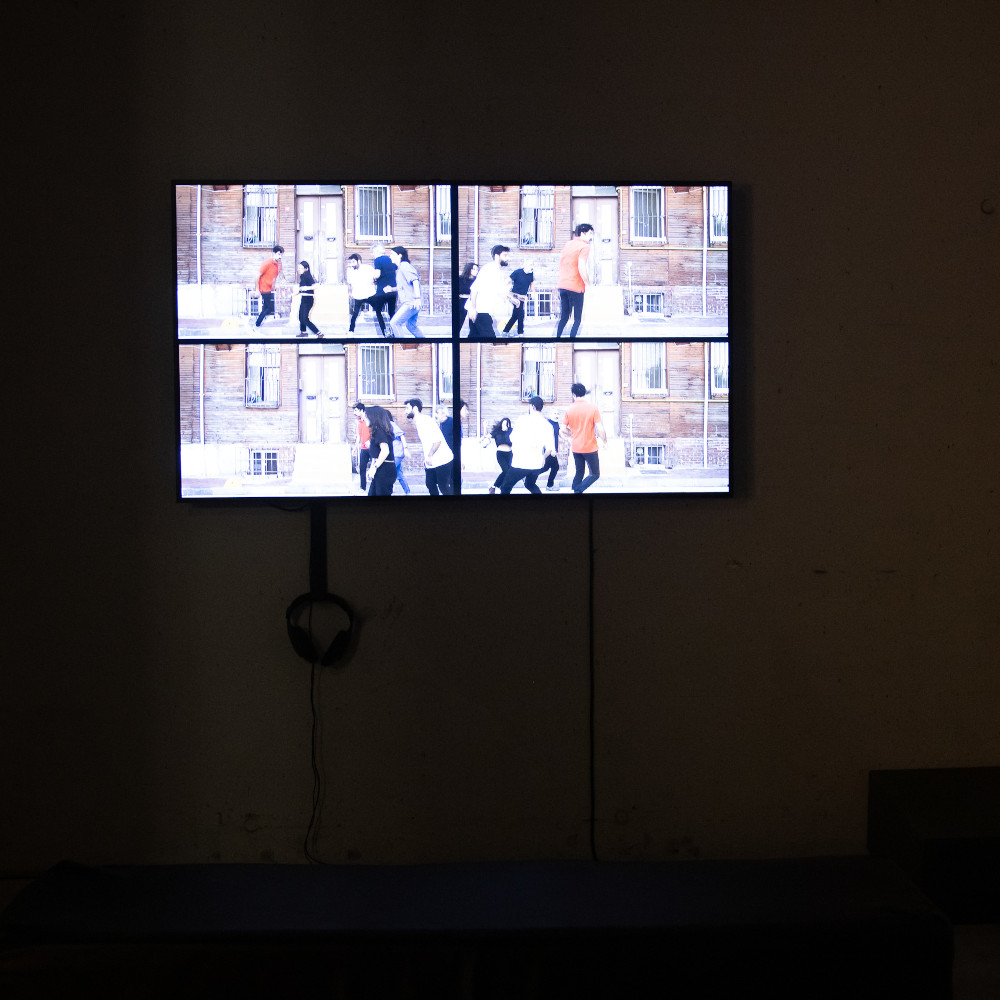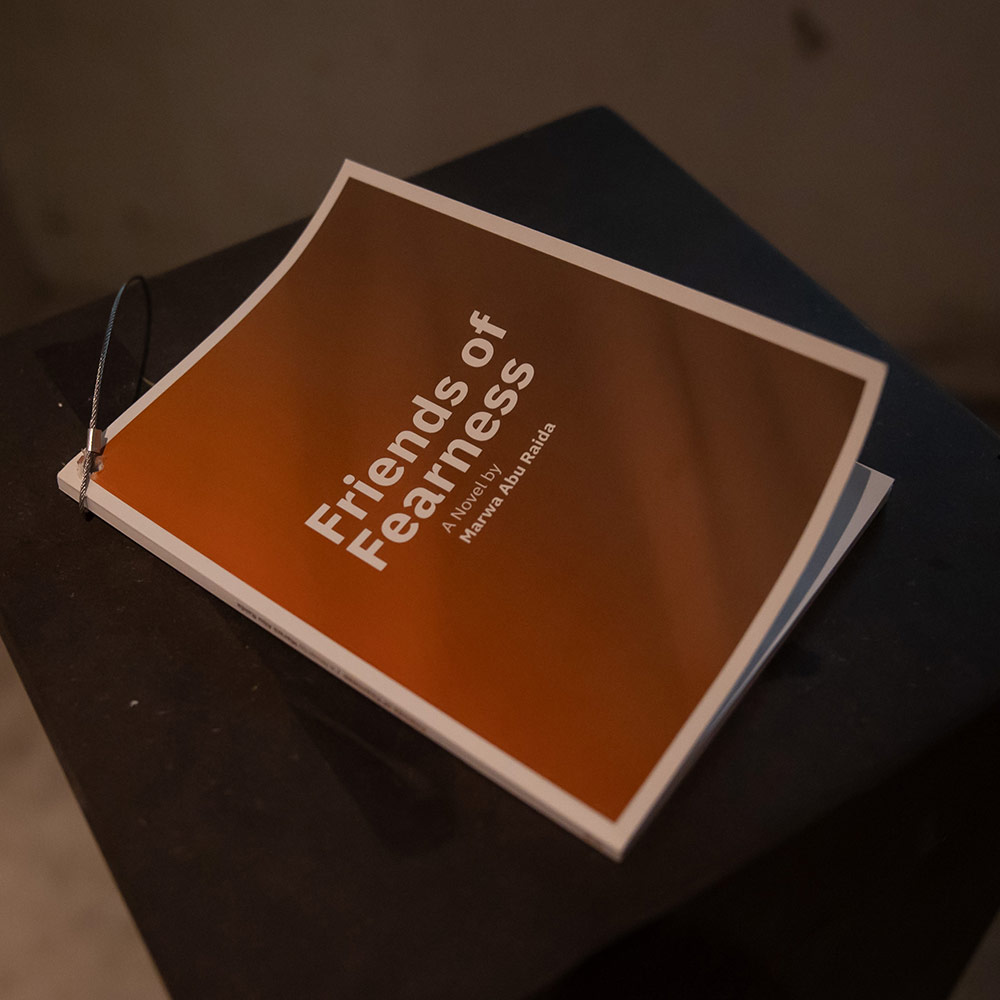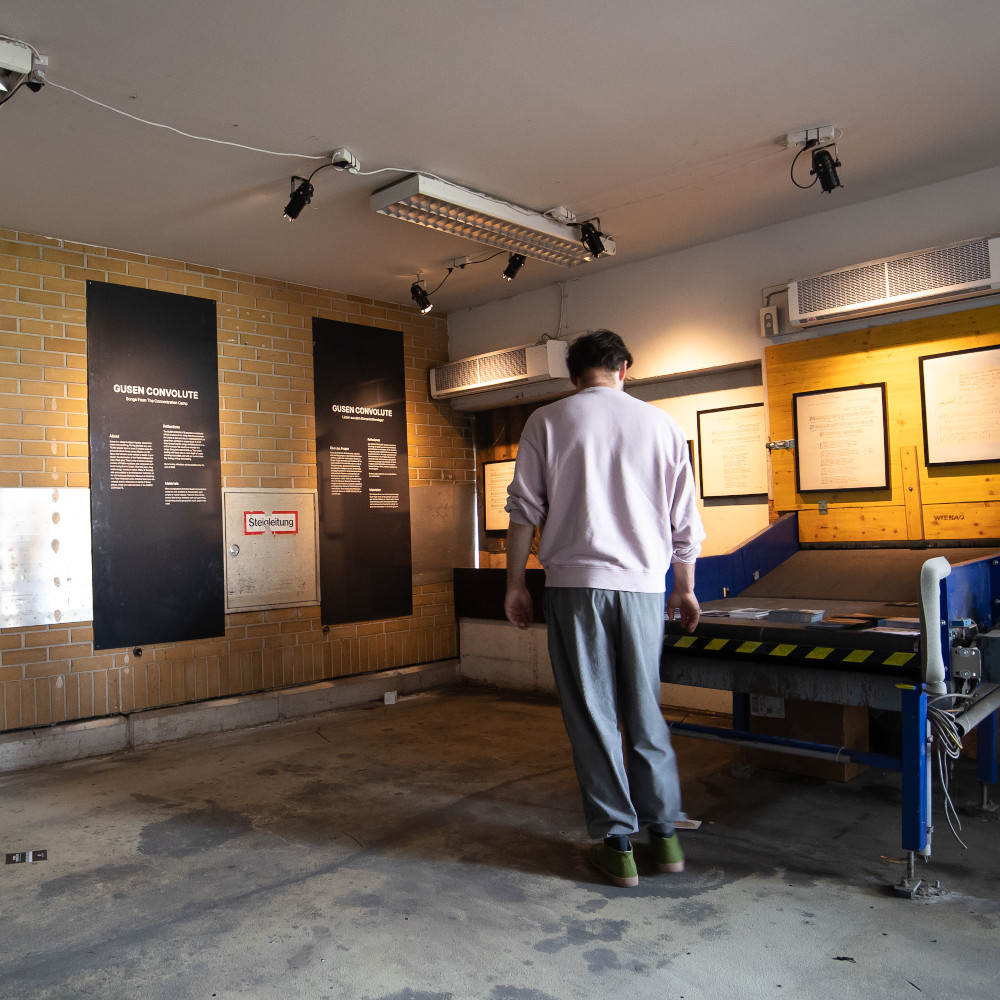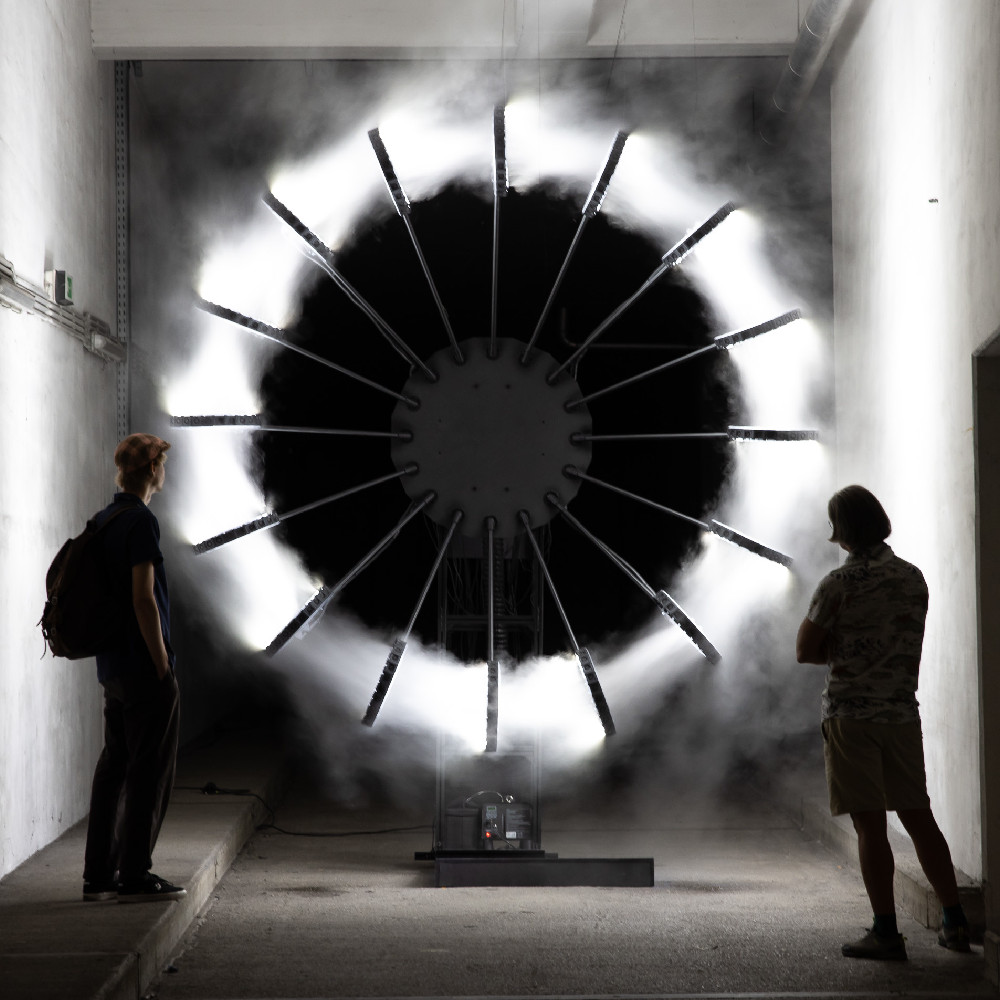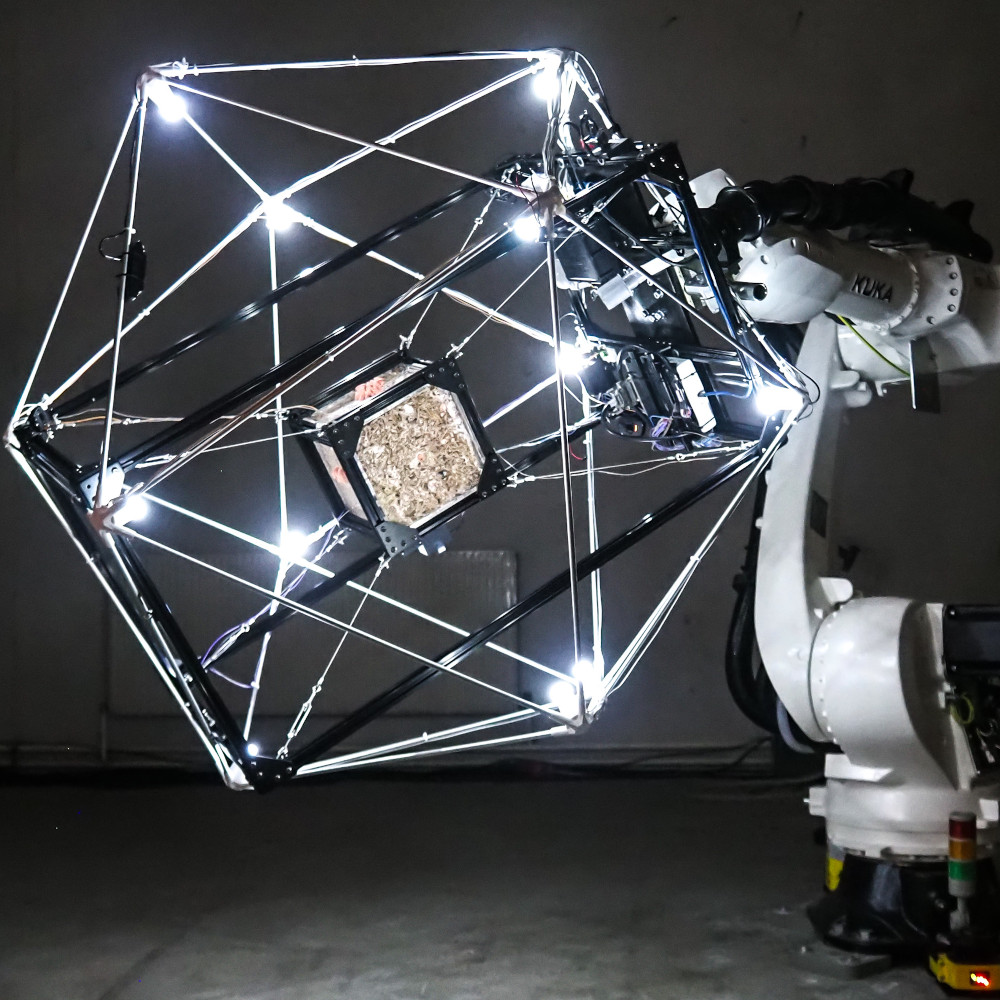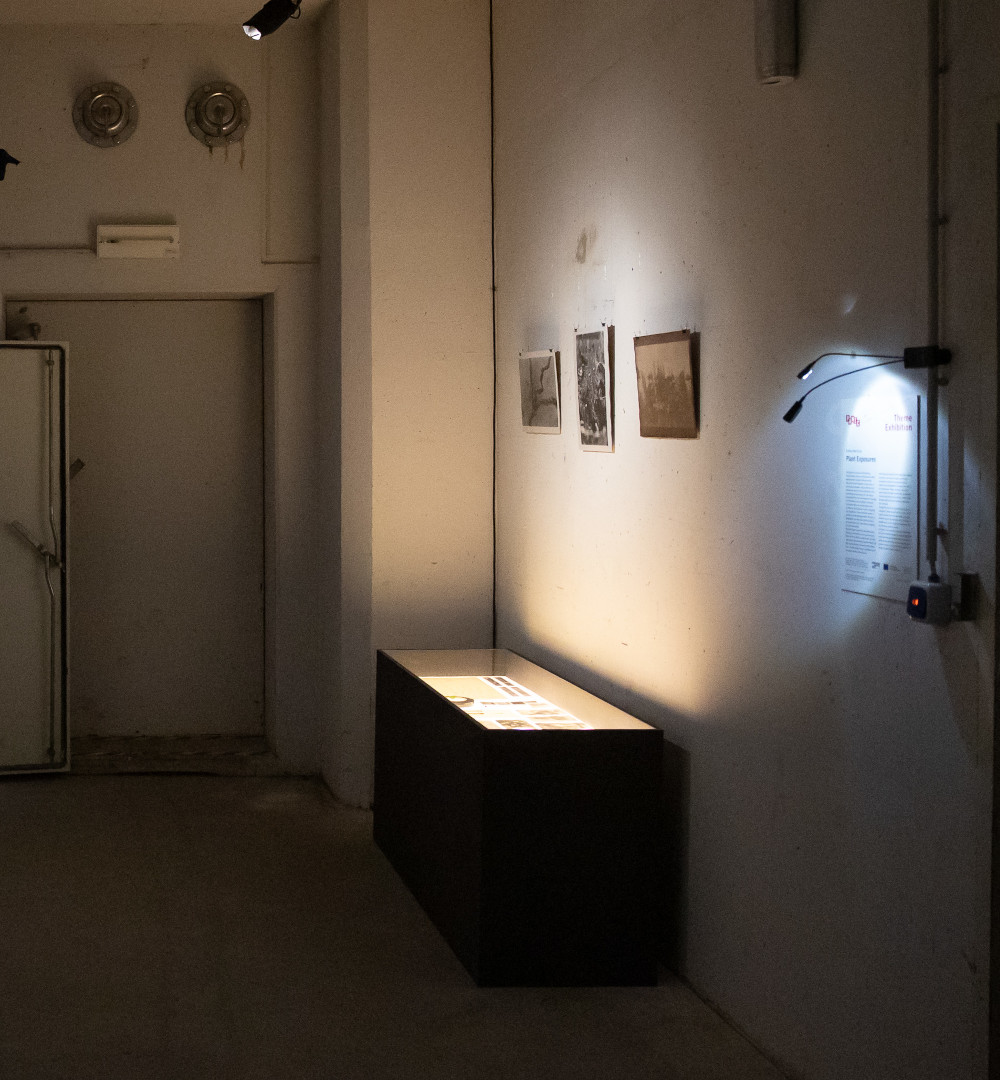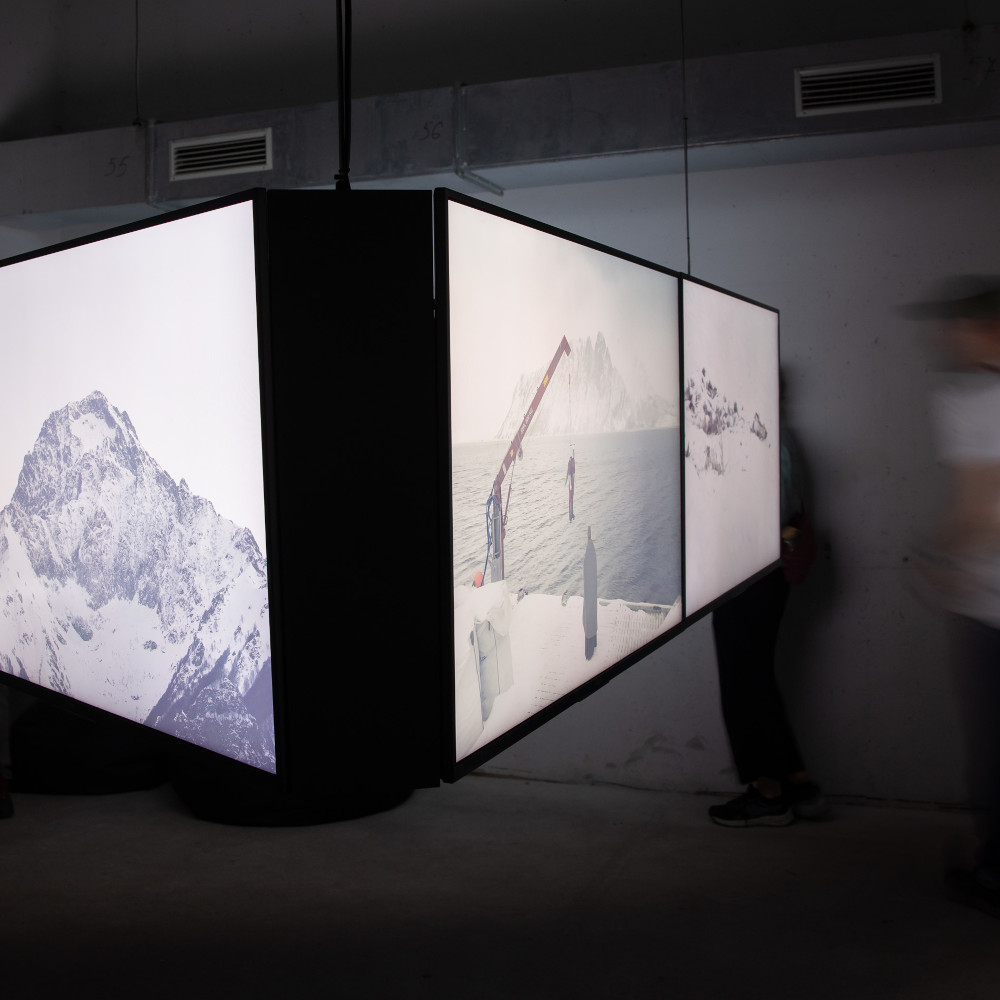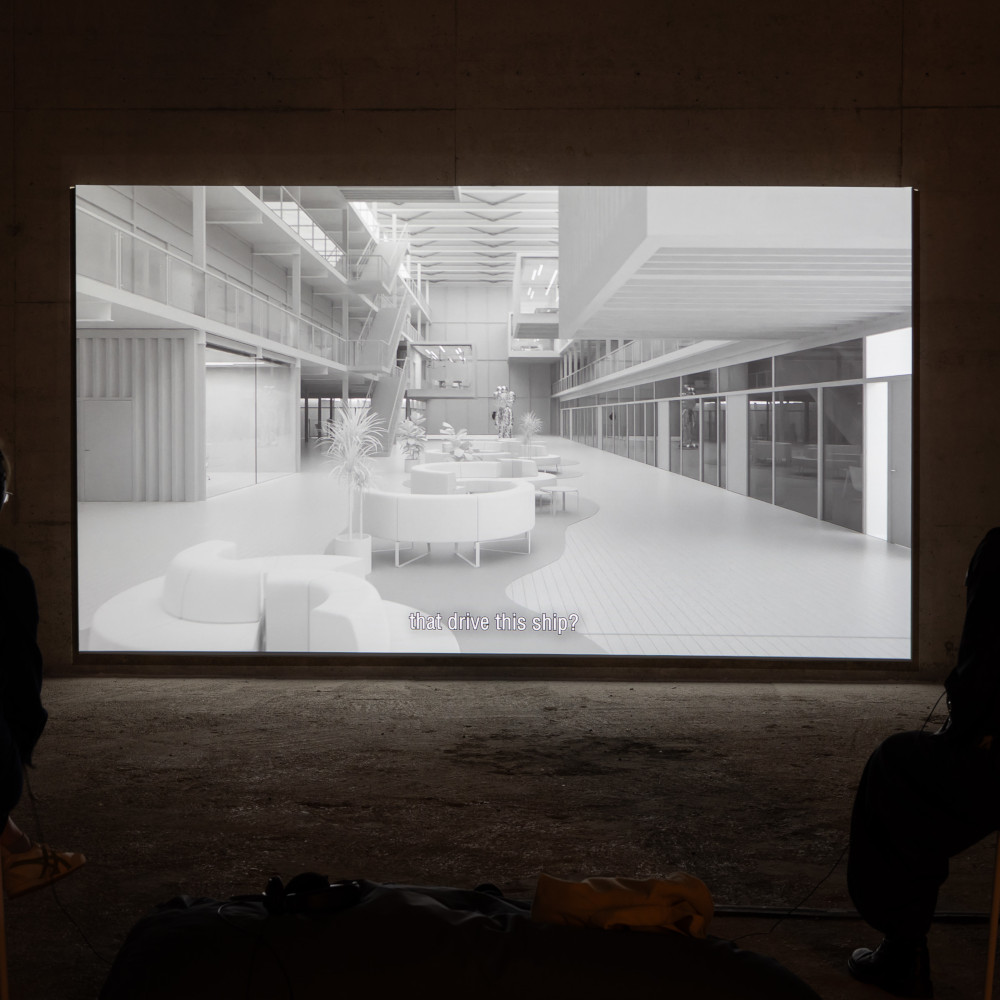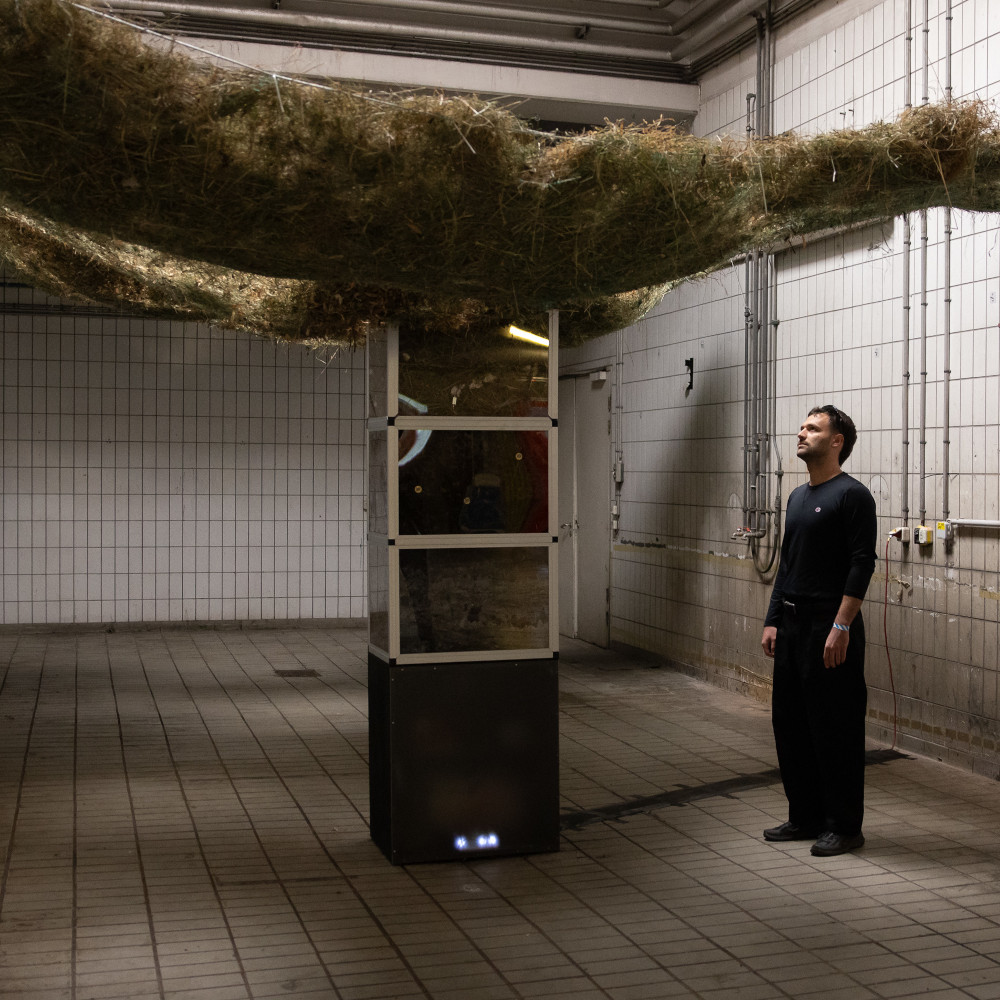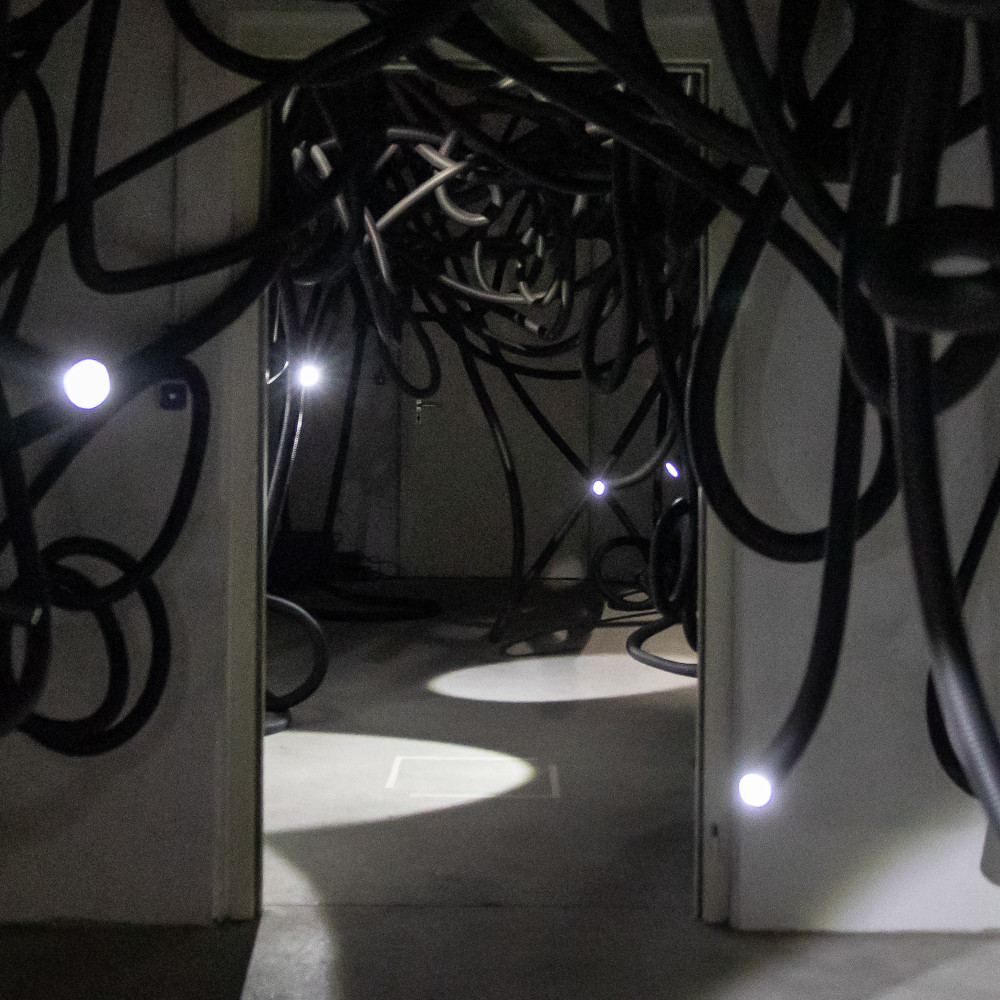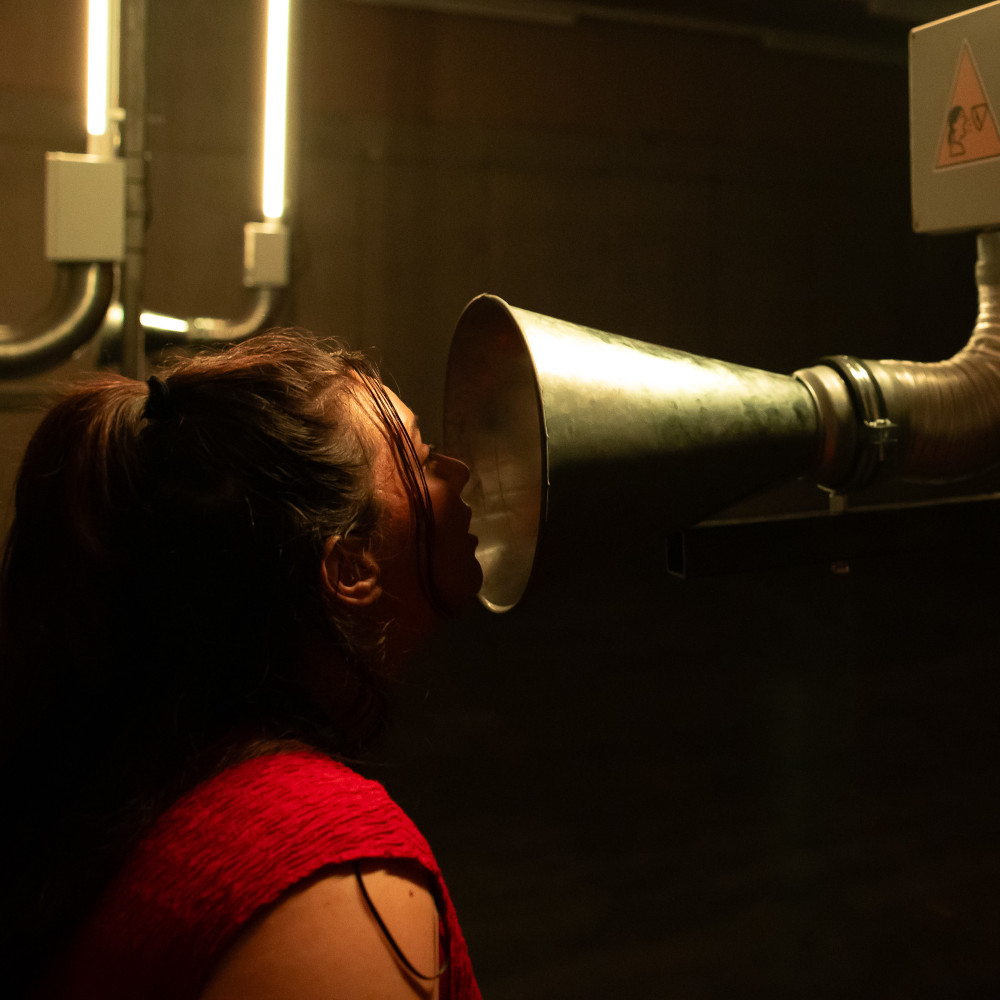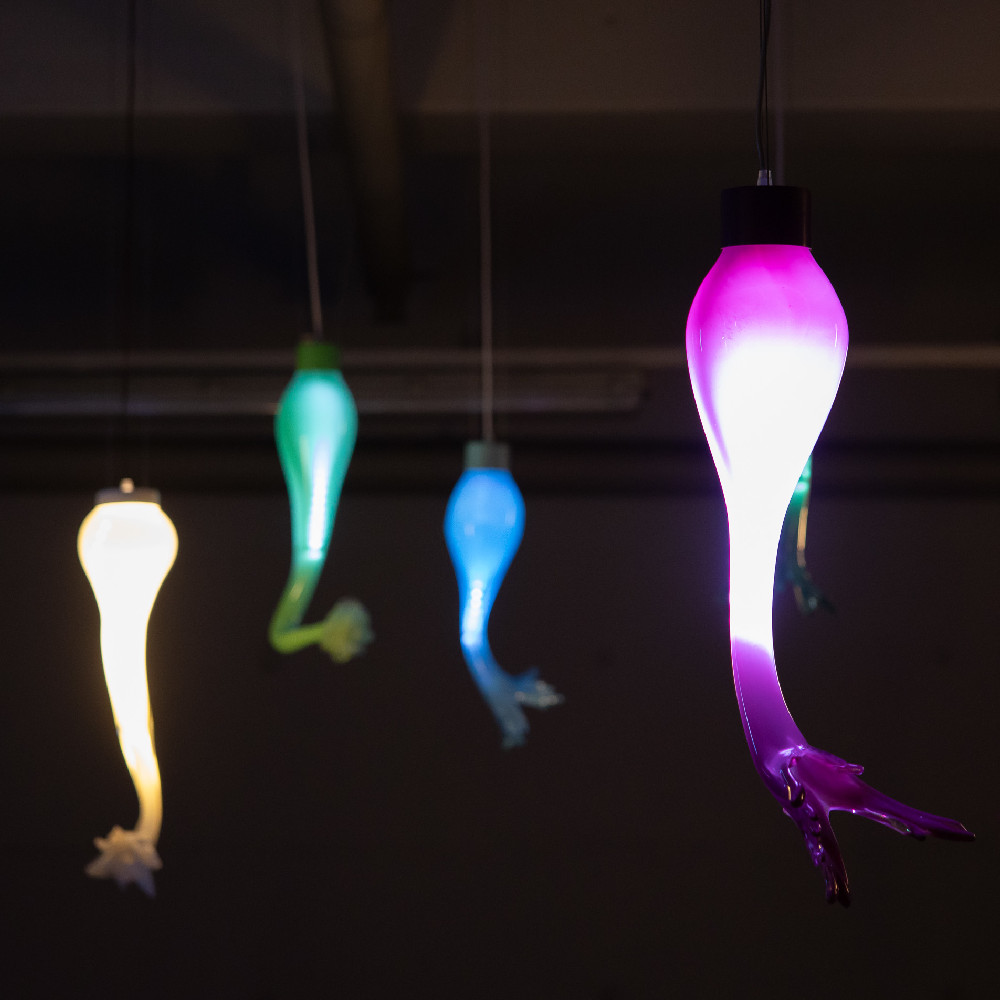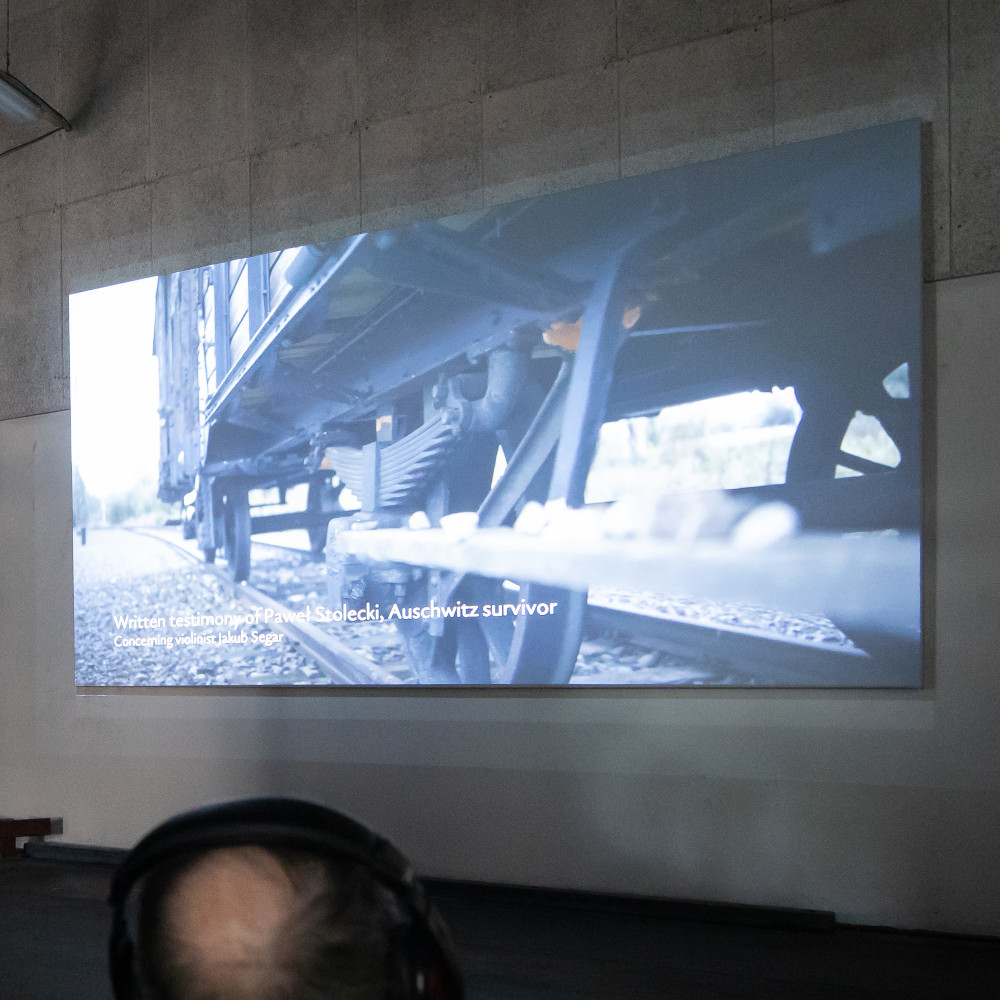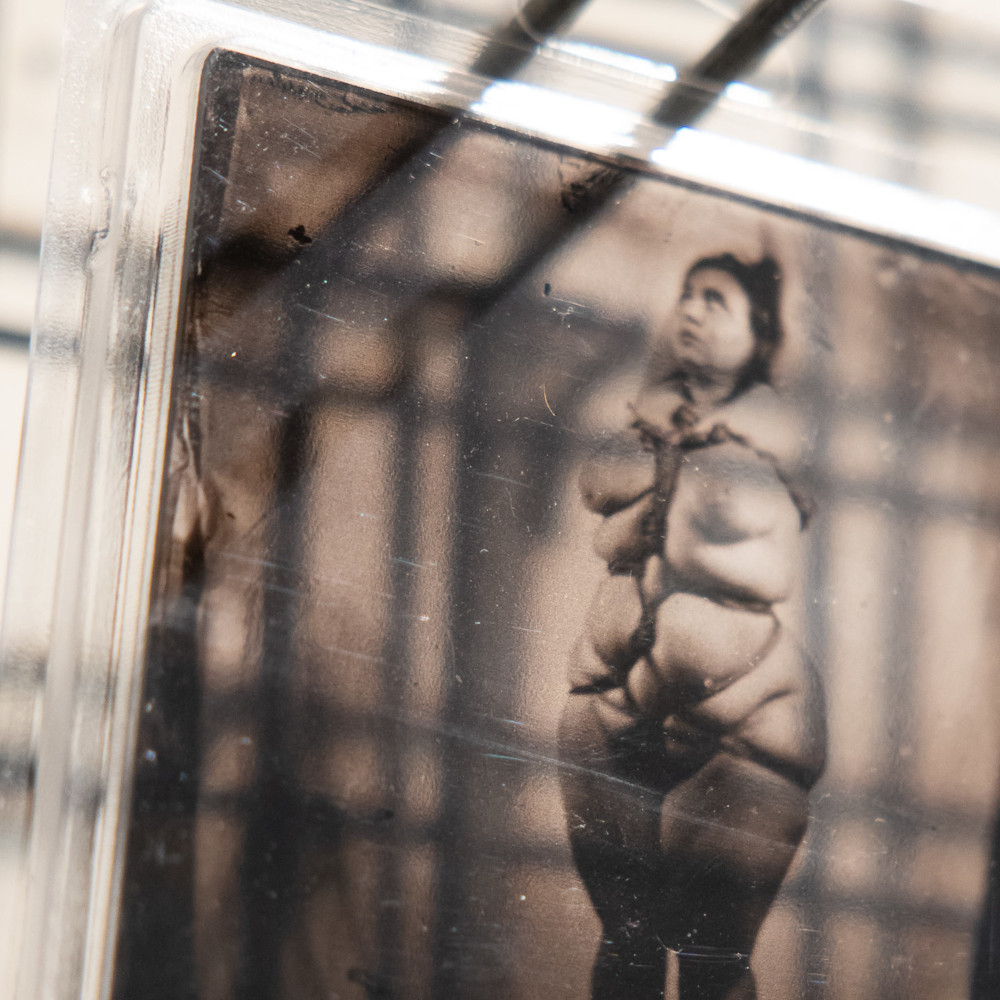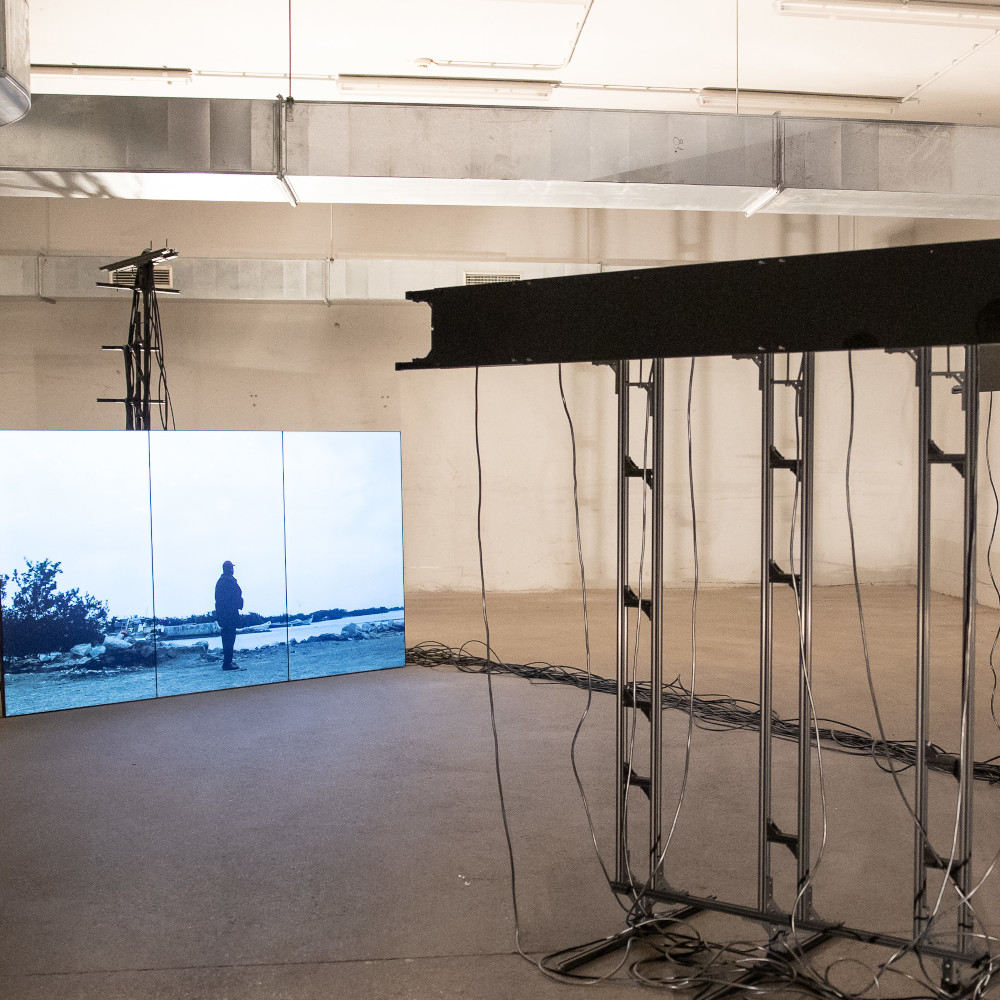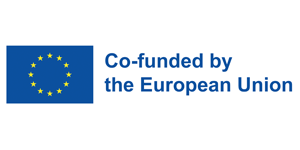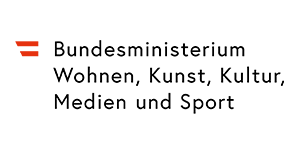PANIC: Complex. Absurd. Ominous.
Manuela Naveau (AT) / Co-Curator
The exhibition PANIC: Complex. Absurd. Ominous. invites you to confront some of the most pressing questions of our time: What do we fear, what should we fear, and why is this crucial? Political and technological spectacles gripped by marketing frenzy, war and militarization, social inequalities, gruesome human rights violations, restrictions on diversity and identity, climate change and environmental fears, commercial promises that create artificial needs, tendencies toward external control, and more general concerns about survival—all of these are just some of the signs that we are increasingly experiencing moments of individual and collective panic. But what remains when the fear of panic itself becomes panic? We differentiate, on the one hand, between panic as the certainty of crisis—a visible fragility—and, on the other, fear as an anticipatory state. This distinction suggests that fear does not necessarily have to be suppressed, and makes us question whether panic can be a positive force that compels us to acknowledge our own fragility
The exhibition traces the roots of fear and collective panic and seeks ways to imagine alternative scenarios. The above-mentioned thematic strands are examined in eight chapters, with three main reflections permeating all thematic areas: “Complex” illuminates panic as a fragmented diversity, often triggered by technological progress, but also shaped by political, economic, and social interests. In our radically uncertain world, where the familiar is shifting, could panic help us recognize complexity in the first place? “Absurd” discusses panic as a tool of manipulation that creates chaos and neutralizes reactions. But can panic also serve as a disruptive element that breaks down thought patterns? Finally, “Ominous” describes panic as a threat lurking beneath the surface, causing paralysis yet, paradoxically, also making us recognize the need to confront our own fragility in order to develop alternative future scenarios.
The exhibition invites us to engage with our fragility. Panic can disorient us, but it can also anchor us at the core of problems—where we most urgently need to be. Through this engagement, alternative scenarios and counter-narratives emerge. Enter this “revealed space” to observe and perceive. Only in this way can we embrace complexity, deconstruct absurdity, and confront threats. Because what’s at stake is too important to let it happen.
Chapter 1: Moral Limits of Control
Chapter 2: Dystopia as Discourse
Chapter 3: Gets You Nowhere
Chapter 4: Self Not Found
Chapter 5: Marketing to Death
Chapter 6: State of the ART(ist)
Chapter 7: Living Conditions
Chapter 8: World at Stake
Read more about the curatorial concept and exhibition chapters here.
